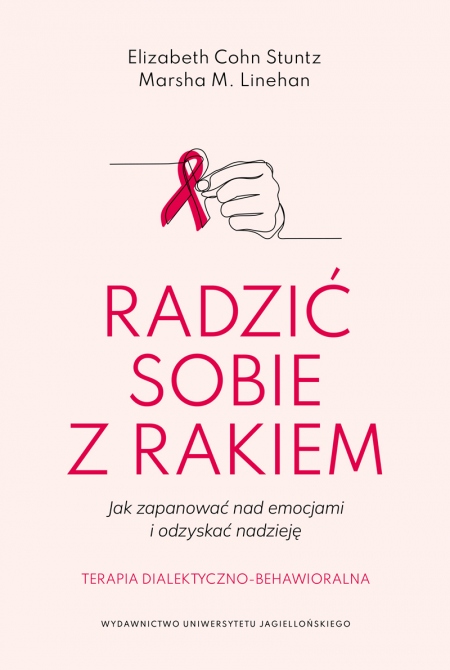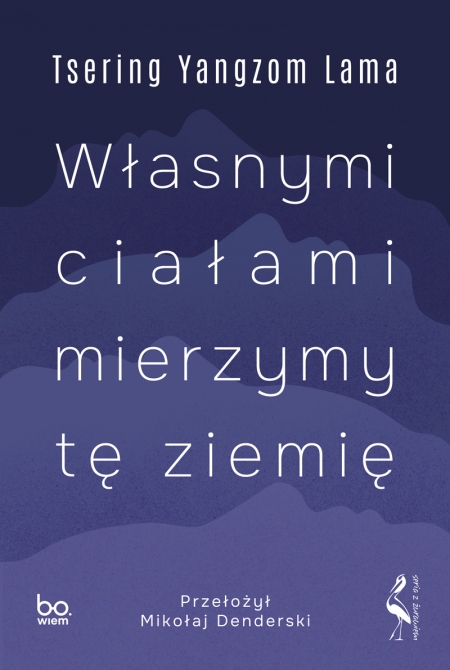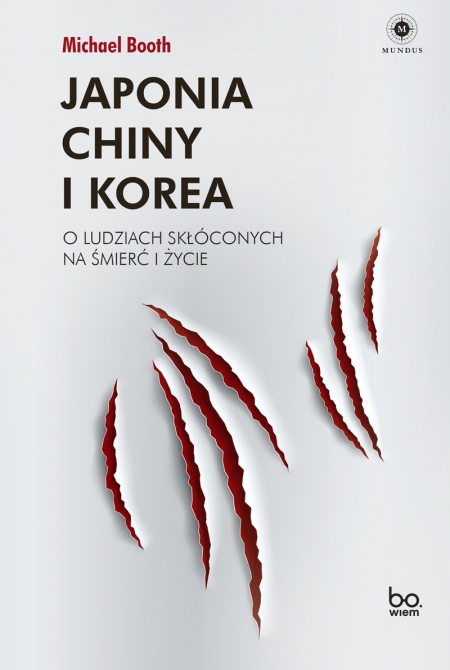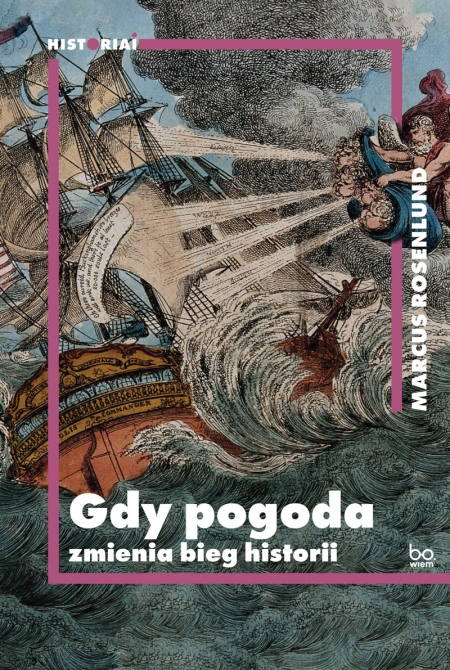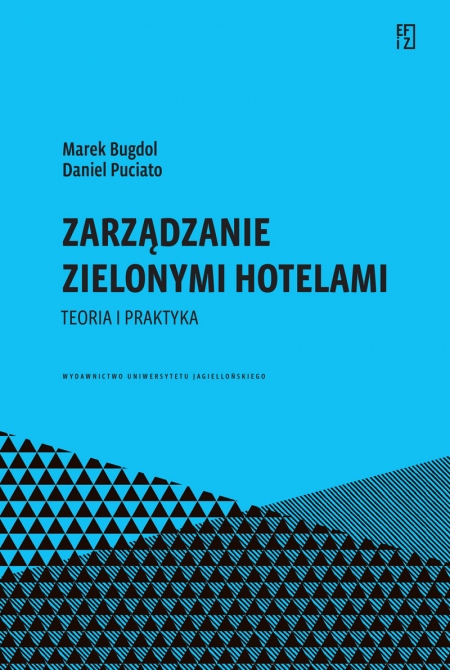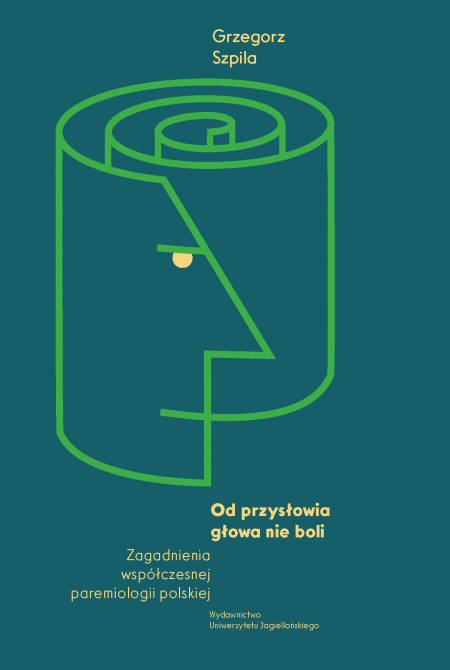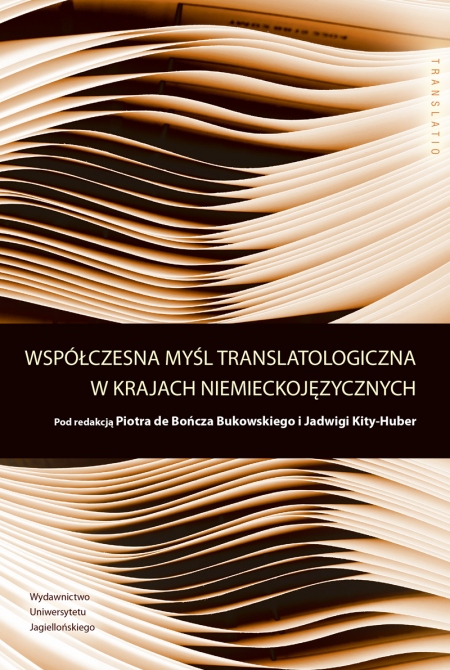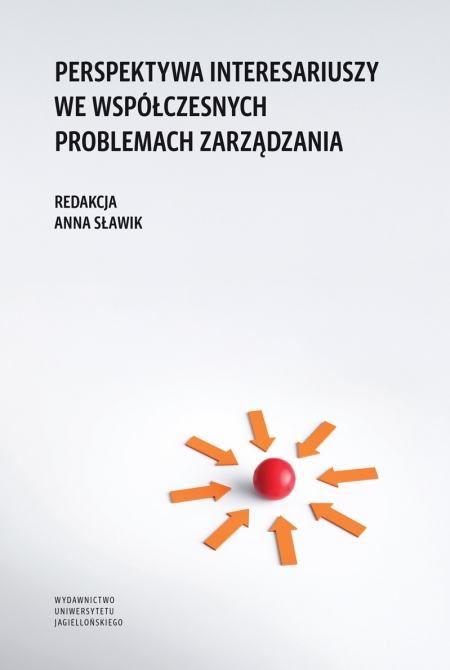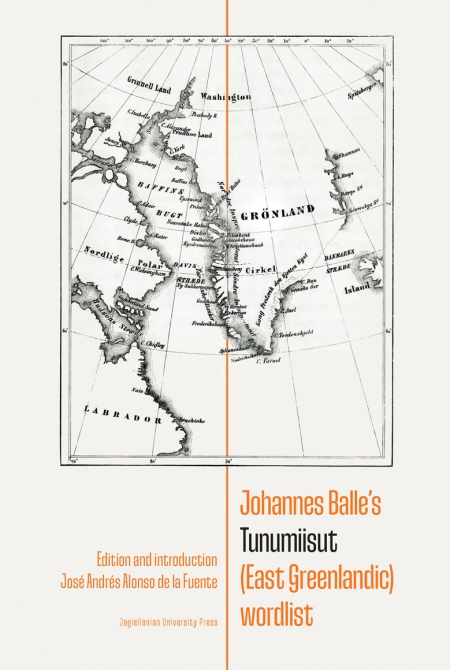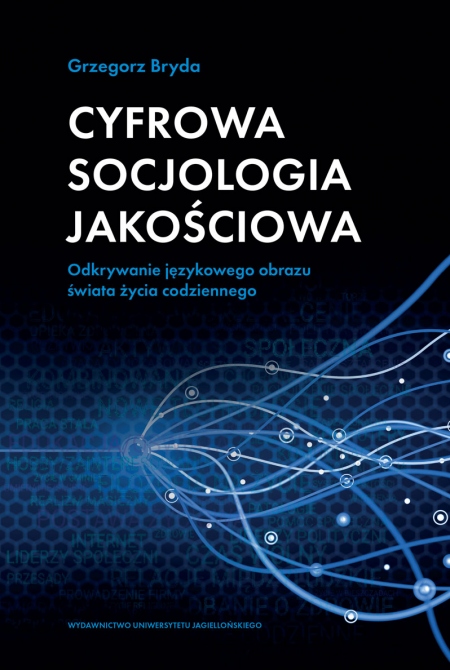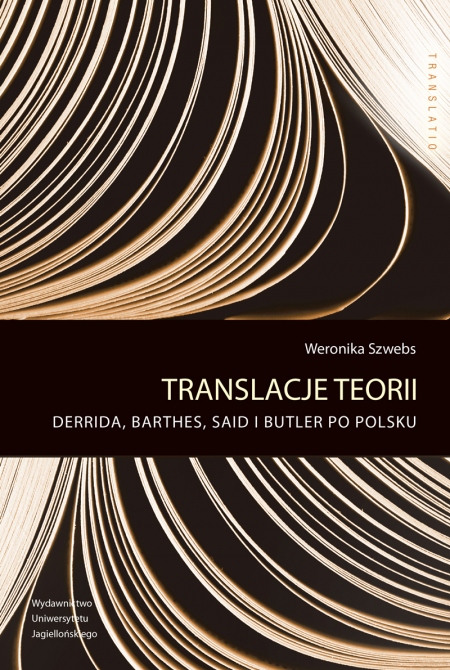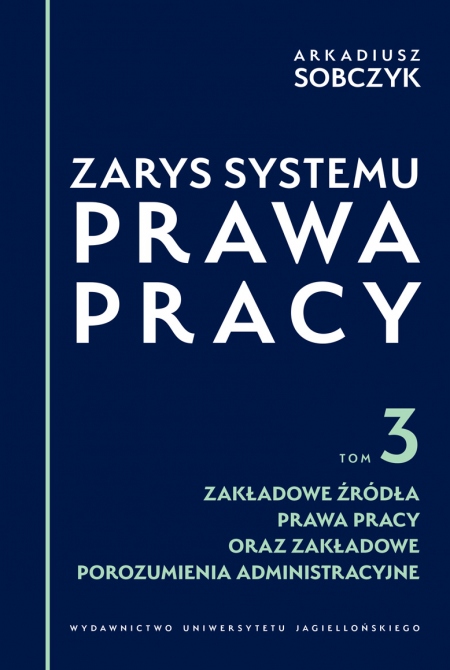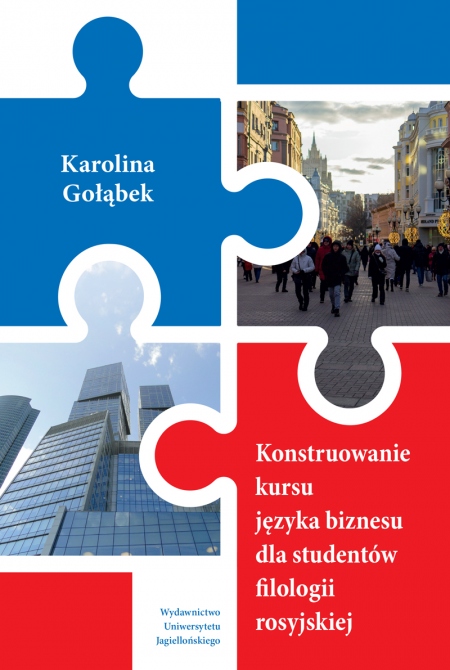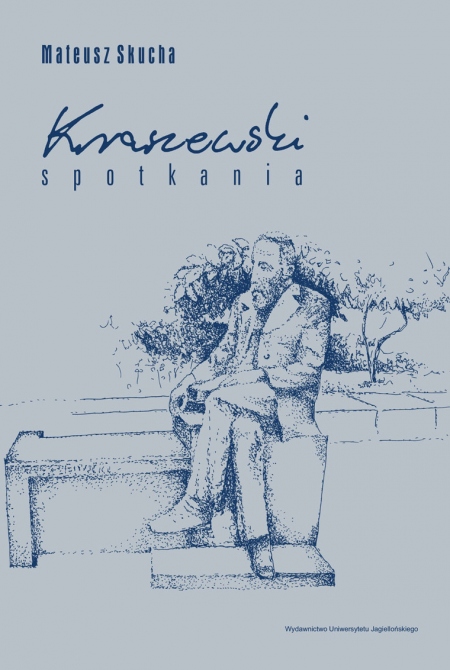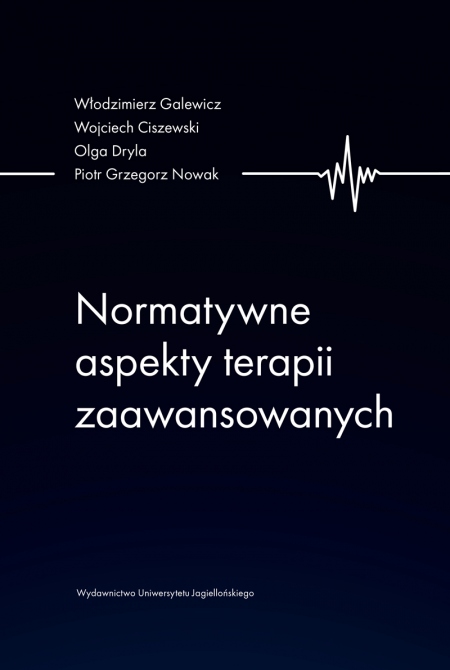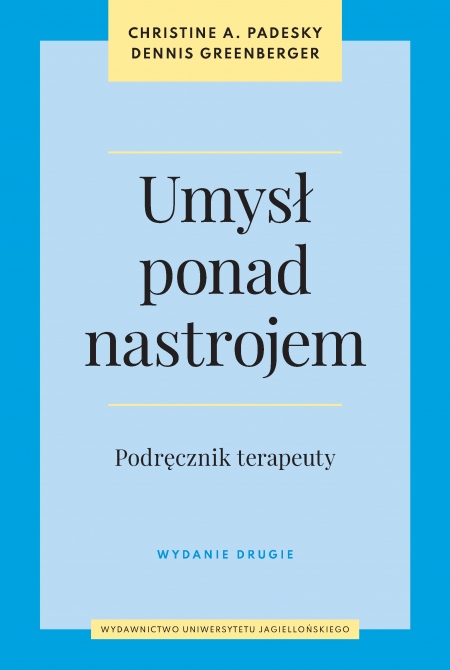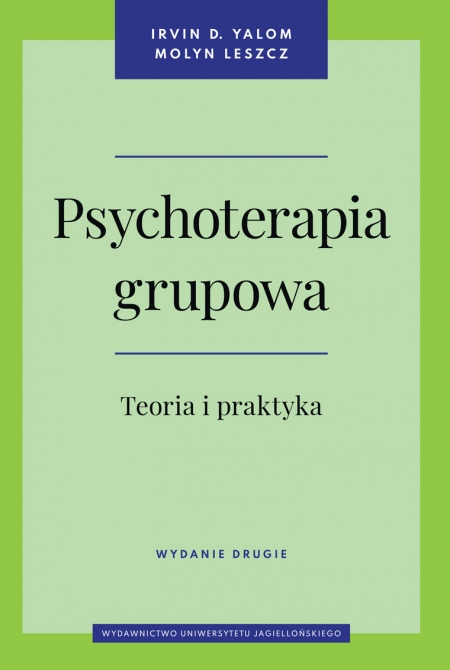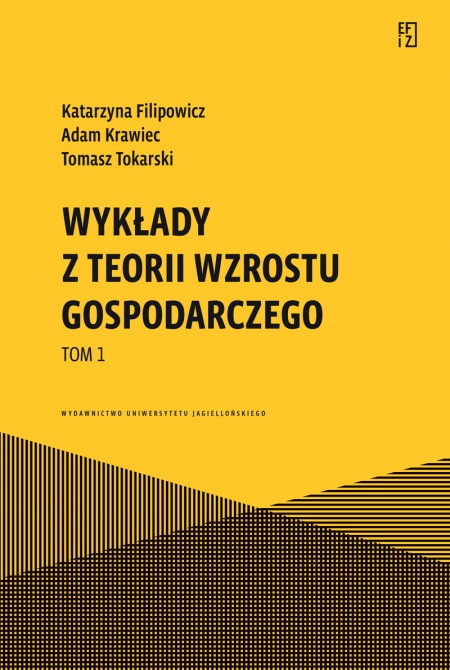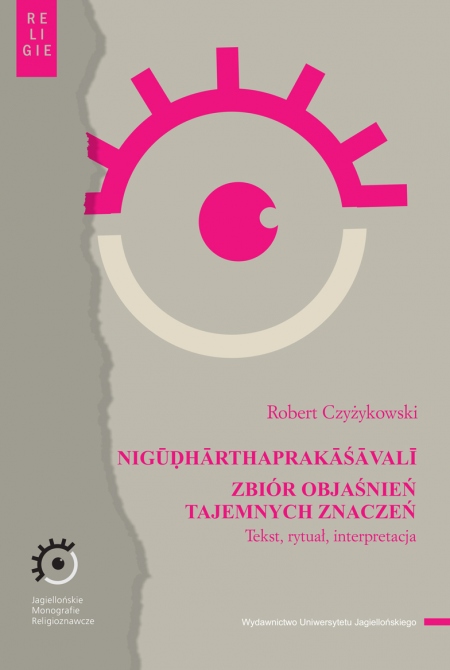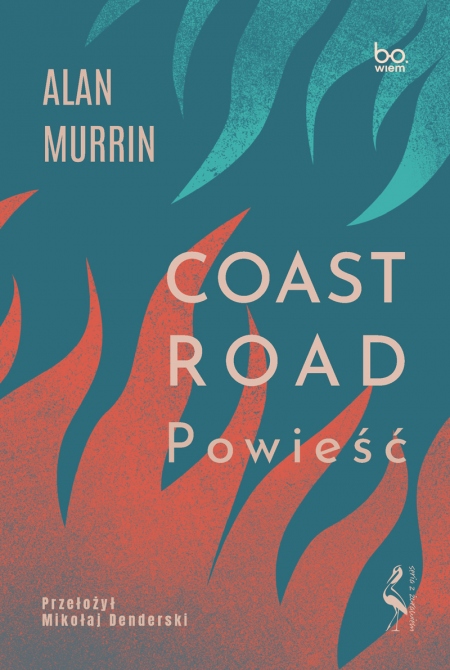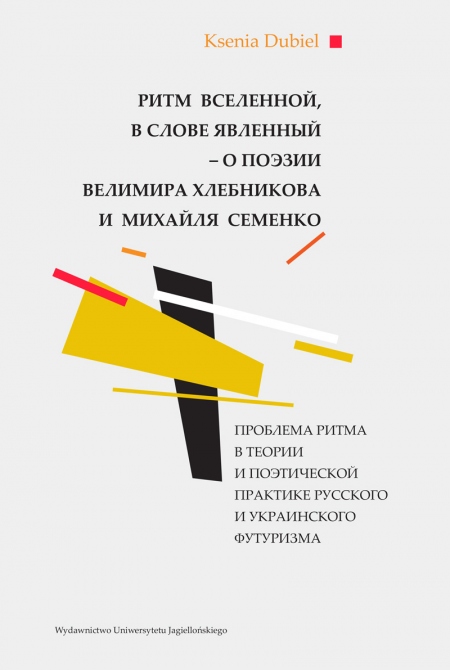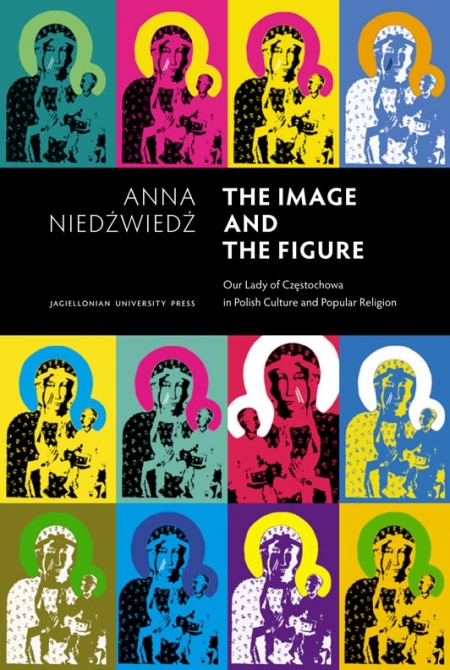
The Image and the Figure
Our Lady of Częstochowa in Polish Culture and Popular Religion
Liczba stron: 196
Format: B5
Rok wydania: 2010
Data premiery: 29.10.2010
Opis książki
The image of Our Lady of Częstochowa is the most famous and the most venerated holy image in Poland. In contemporary Poland the image is a kind of a cultural icon, instantly recognizable and connected with popular symbolic and mythological meanings. Presented in this book is an analysis of beliefs, narratives ( great and small stories ), myths and rituals. This analysis reveals that for its devotees the image is not merely a material object and a picture – it is perceived, lived and experienced as a real person – figure of Mary – Queen and Mother.
“Polish Catholicism in its contemporary form is strongly related to the notion of national identity. This strong interconnection was caused by variety of historical reasons. Throughout the entire nineteenth century it was the Catholic religion that unified the Polish society, which was at that time deprived of its own state. Those and similar processes were not unique to Poland, it was a time whe n new nationalisms were being born throughout Europe. Without an actual state, Polish history became the basis of preserving the national identity. In those circumstances the cult of Our Lady of Częstochowa was flourishing and her image became a national symbol. In her book, The Image and the Figure, Anna Niedźwiedź is describing and interpreting various forms and expressions of that cult.”
Professor Czesław Robotycki, Jagiellonian University
Anna Niedźwiedź is an anthropologist teaching at the Institute of Ethnology and Cultural Anthropology at Jagiellonian University, Kraków, Poland. Her main focus is on contemporary approaches to religion and its relation to media and visual art. Her other research projects deal with the symbolic dimension of urban space in East-Central European cities in the context of changing notions of heritage and historical memory in post-communist societies. Currently she is working on new anthropological research concerning religious experience and popular Catholicism in West African societies (with particular focus on Ghana).
“Polish Catholicism in its contemporary form is strongly related to the notion of national identity. This strong interconnection was caused by variety of historical reasons. Throughout the entire nineteenth century it was the Catholic religion that unified the Polish society, which was at that time deprived of its own state. Those and similar processes were not unique to Poland, it was a time whe n new nationalisms were being born throughout Europe. Without an actual state, Polish history became the basis of preserving the national identity. In those circumstances the cult of Our Lady of Częstochowa was flourishing and her image became a national symbol. In her book, The Image and the Figure, Anna Niedźwiedź is describing and interpreting various forms and expressions of that cult.”
Professor Czesław Robotycki, Jagiellonian University
Anna Niedźwiedź is an anthropologist teaching at the Institute of Ethnology and Cultural Anthropology at Jagiellonian University, Kraków, Poland. Her main focus is on contemporary approaches to religion and its relation to media and visual art. Her other research projects deal with the symbolic dimension of urban space in East-Central European cities in the context of changing notions of heritage and historical memory in post-communist societies. Currently she is working on new anthropological research concerning religious experience and popular Catholicism in West African societies (with particular focus on Ghana).
Język publikacji
Angielski/English
Autorzy
Anna Niedźwiedź

POLECANE KSIĄŻKI
NOWOŚCI

The Image and the Figure
Our Lady of Częstochowa in Polish Culture and Popular Religion
The Image and the Figure
Our Lady of Częstochowa in Polish Culture and Popular Religion
Wybierz rozdziały:
Wartość zamówienia:
0.00 zł
